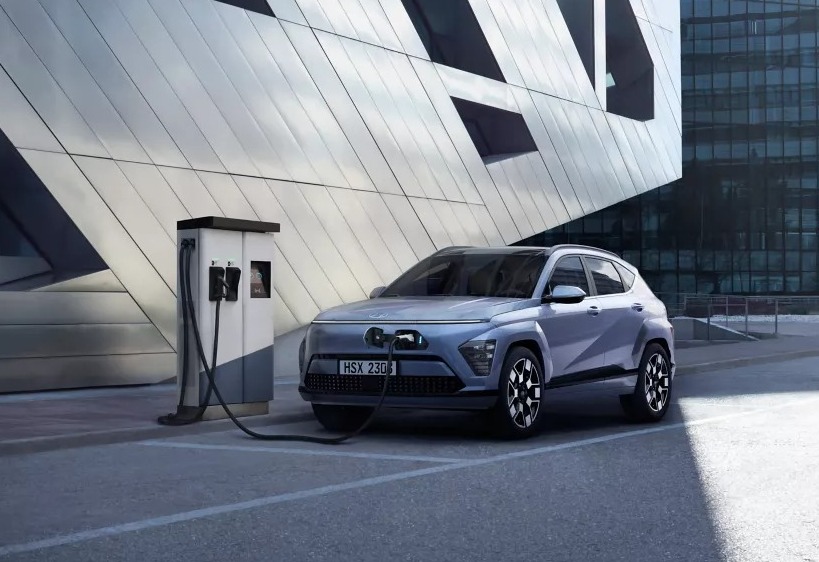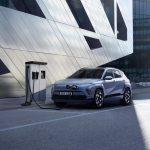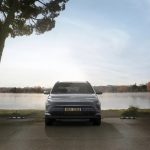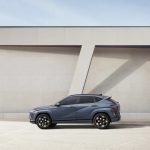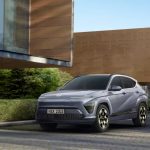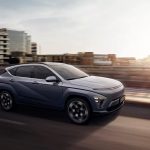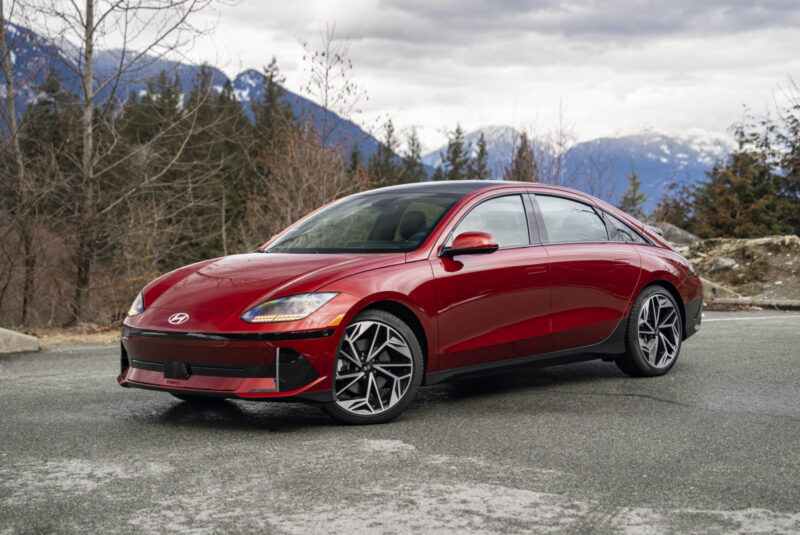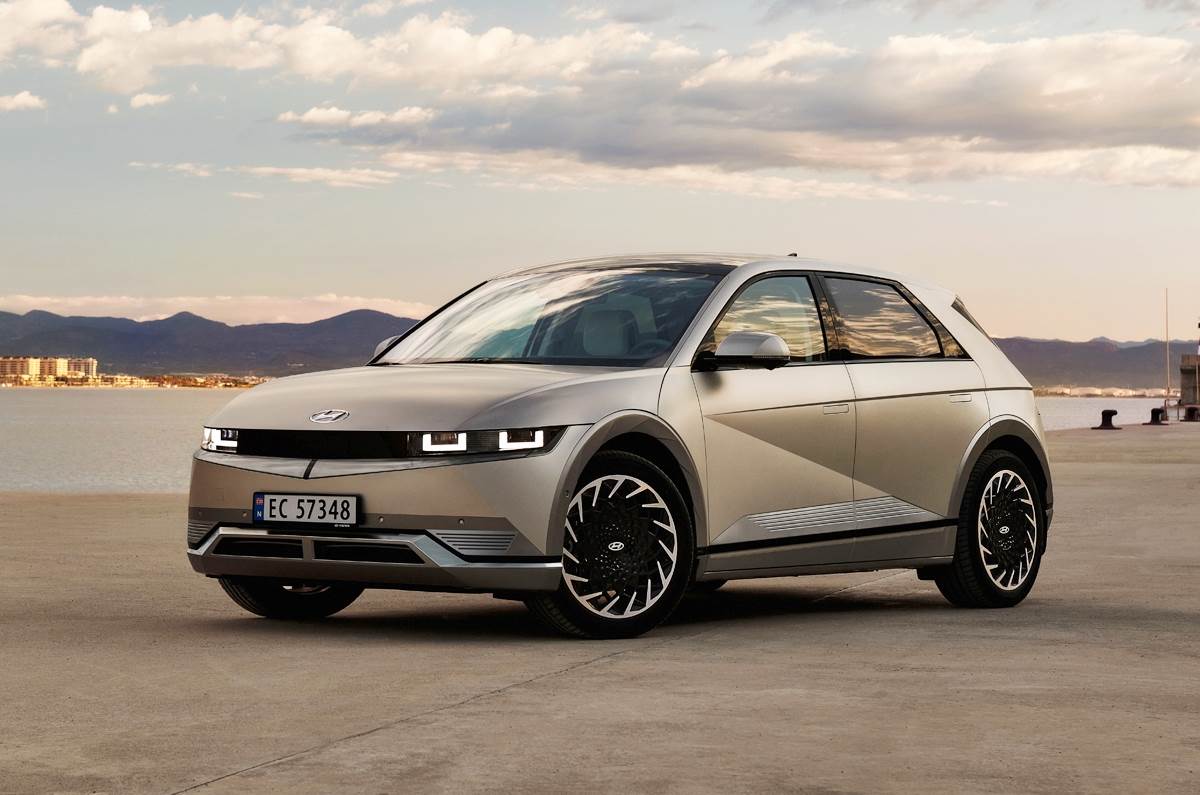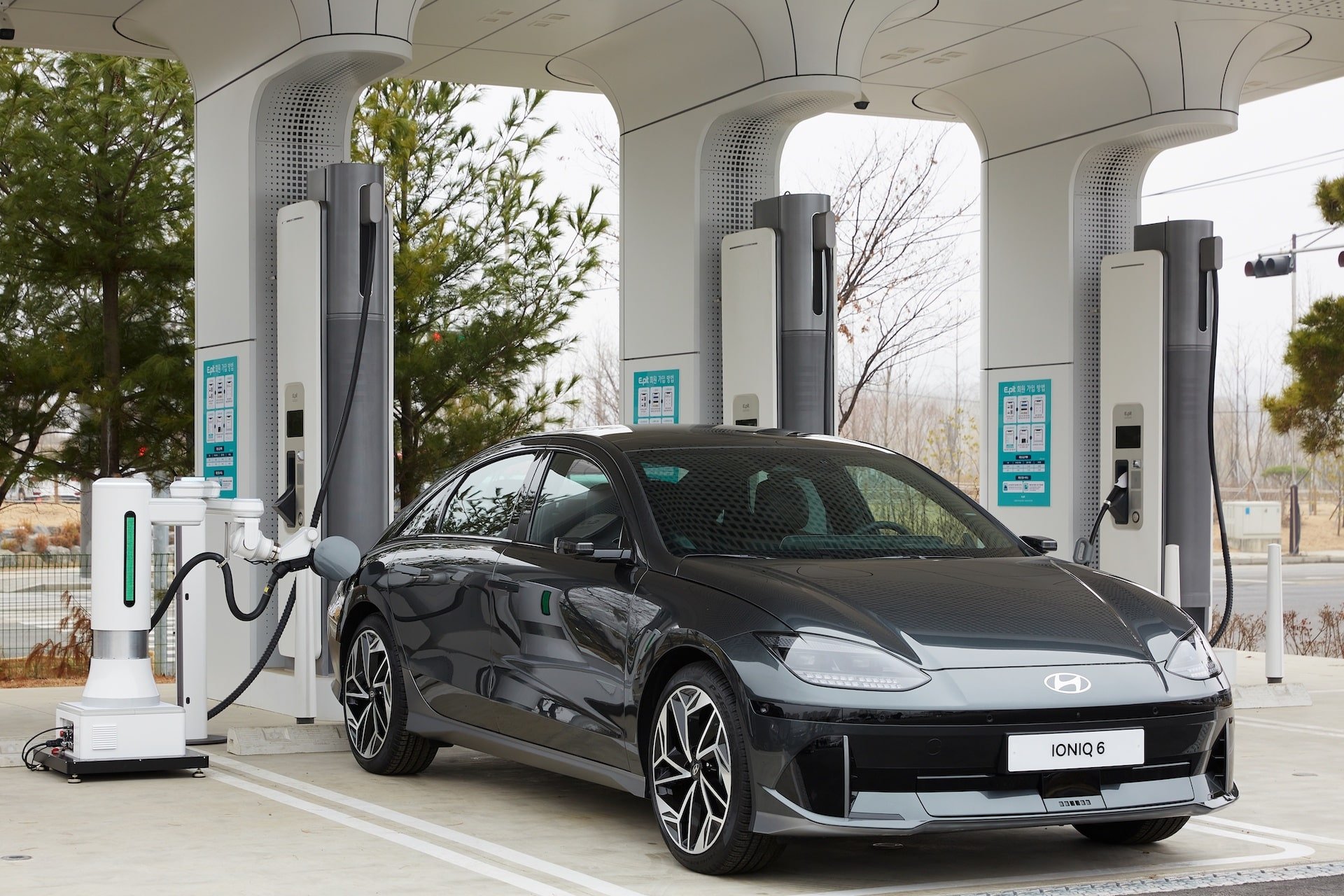Hyundai has high hopes for its newly released Kona electric model, which the South Korean automaker expects to outsell its gas-powered and hybrid counterparts. The first electric version of the Hyundai Kona was launched in 2018, a year after the gas-powered version was introduced in Korea and North America.
The Kona compact SUV, which Hyundai refers to as a “lifestyle SUV,” was designed to cater to the growing demand for smaller B-segment Sport Utility Vehicles while expanding its options in the segment. Last year, the subcompact SUV was given a sporty redesign and a more aerodynamic front fascia, resulting in a significant boost in sales.
In 2022, Hyundai’s electric Kona was the ninth best-selling EV in Europe, with over 41,000 units sold. Notably, the electric model accounted for around 40% of the Kona lineup’s sales last year, indicating that consumers are increasingly drawn to the electric variant.
See also: Everything You Should know About 2024 Hyundai Kona Electric
Hyundai has built on the Kona EV’s success by releasing a second-generation model that boasts over 300 WLTP miles of range (with the long-range 65.4 kWh battery option). However, range isn’t the only upgrade; the new Kona also features improved aerodynamics, features, and style compared to its predecessor.
According to Hyundai Europe CEO Michael Cole, the automaker expects to sell more Kona electric models than the gas and hybrid-powered variants. Cole predicts that the electric subcompact SUV will account for 60% of the Kona lineup, up from 40% in 2022.
To achieve this goal, Hyundai has incorporated customer feedback into its latest generation of the Kona. The automaker extended the Kona’s wheelbase by 60mm and made it 25mm wider and 20mm taller to provide more interior space and a wider tailgate.
See also: Nissan Leaf Vs Hyundai Kona Electric : head to head comparison
The new Kona electric was designed to be distinct from the IONIQ 5 SUV and IONIQ 6 electric sedan, fitting together “like on a cheese board,” according to Hyundai design head SangYup Lee. Unlike the IONIQ series, the Kona rides on the K3 architecture 400V electric architecture that’s been modified from previous generations.
While the IONIQ 5 and 6 models use Hyundai’s dedicated E-GMP platform, which offers ultrafast charging with 10% to 80% in less than 20 minutes, the Kona EV will take 41 minutes to charge, according to Hyundai.

